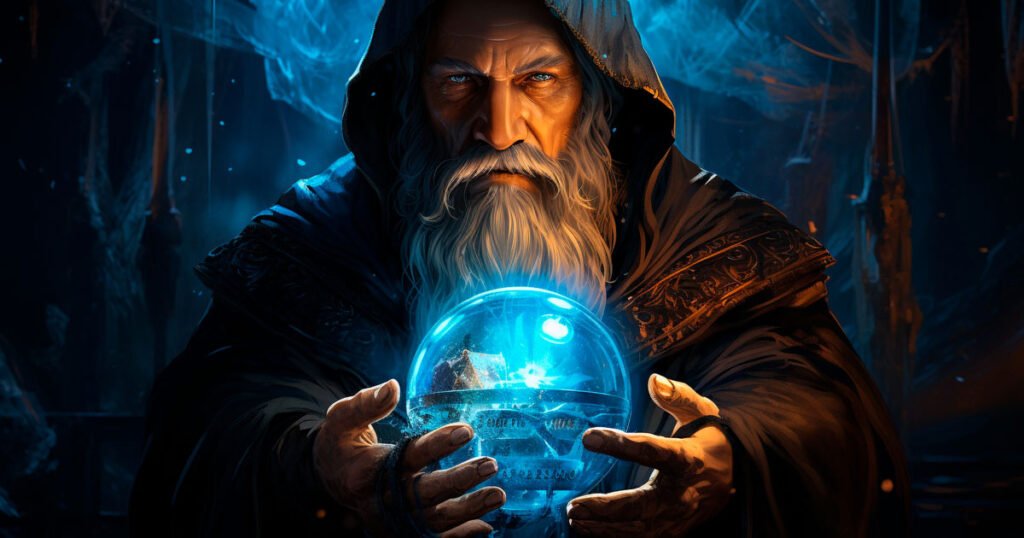Introduction
Ciulioneros is a term that has gained increasing attention in recent years, reflecting both cultural and historical significance. These unique cultural figures are central to a rich tradition, embodying the customs, beliefs, and artistic expressions of their communities. As interest in global traditions grows, understanding the role offers valuable insights into the ways cultures preserve and celebrate their heritage.
In this article, we will explore the origins of Ciulioneros, their role in cultural traditions, their importance in modern society, and the challenges they face today. We’ll also discuss how it continue to influence art, education, and social practices.
1. Who Are the Ciulioneros?
The traditional figures deeply rooted in specific cultural practices, often representing a blend of mythology, folklore, and historical influence. These figures play key roles in various rituals, celebrations, and communal events, where their presence symbolizes both respect for the past and hopes for the future.
1.1 The Origins of Ciulioneros
The history dates back centuries, with their origins steeped in local myths and legends. The earliest it were believed to be spiritual guides or protectors, often connected with the natural world or celestial events. Over time, their roles evolved, becoming central figures in festivals, ceremonies, and public performances. Visit us here for more details allenstoneware.
1.2 Ciulioneros in Mythology and Folklore
Many stories surround with each culture adding unique interpretations to these figures. While some view them as guardians of sacred lands, others associate them with fortune and prosperity. Regardless of the specific tradition, the Ciulioneros hold an enduring place in the collective imagination of the communities that revere them.

2. The Cultural Importance of Ciulioneros
It is more than just symbolic figures; they represent the living traditions of a community. Their presence in cultural practices reflects the values, history, and identity of the people who celebrate them.
2.1 Symbolism and Meaning
It often carry profound symbolic meanings, acting as intermediaries between the human world and the divine. They are frequently depicted in traditional attire, adorned with items that signify protection, wisdom, and authority. In many cultures, Ciulioneros are believed to bring good luck and protect against evil forces, making them essential in religious or spiritual practices.
2.2 Preservation of Tradition
The role of cultural preservation cannot be understated. They serve as living links to the past, ensuring that stories, beliefs, and traditions are passed down through generations. In some regions, their rituals are part of annual festivals, where the community comes together to honor their heritage.
2.3 Modern Interpretations of Ciulioneros
In recent times, it have taken on new meanings as younger generations reinterpret their roles. While traditional values remain, many now view them as symbols of cultural pride, using their imagery in art, fashion, and social movements.
3. The Benefits of Preserving Ciulioneros in Modern Society
Preserving the tradition brings numerous benefits to both communities and individuals. From strengthening cultural identity to promoting social cohesion, these figures offer many advantages.
3.1 Cultural Identity and Pride
For many communities, Ciulioneros are a source of immense pride. Their ongoing presence in festivals and ceremonies reinforces a shared cultural identity, helping to strengthen bonds between individuals and their heritage. This is particularly important in an increasingly globalized world where many local traditions risk being overshadowed by mainstream culture.
3.2 Educational Value
It also serve as educational tools, offering younger generations a way to learn about their history and traditions. Schools and cultural centers often incorporate lessons about Ciulioneros into their curricula, helping students connect with their roots.
3.3 Social Cohesion and Community Engagement
Festivals and celebrations featuring promote community engagement by bringing people together for collective experiences. These events foster unity and provide a sense of belonging, as people from all walks of life participate in the festivities.
4. Real-World Applications of Ciulioneros in Cultural Practices
They have real-world applications that extend beyond the symbolic. They are actively involved in modern festivals, educational programs, and even artistic collaborations. Below are some ways that are applied in contemporary society.
4.1 Cultural Festivals and Ceremonies
In many regions, Ciulioneros are at the center of cultural festivals. These events often feature elaborate performances, processions, and reenactments, where it play key roles. They act as spiritual guides or leaders, embodying the hopes and values of the community.
4.2 Artistic Interpretations
Artists frequently draw inspiration from it, incorporating their imagery into visual art, music, and dance. These interpretations keep the tradition alive, while also introducing Ciulioneros to new audiences.
4.3 Educational Programs and Workshops
Cultural organizations have developed educational programs that teach about the significance of Ciulioneros. Workshops focusing on traditional crafts, storytelling, and performance help participants understand the deeper meanings behind these figures and their roles in society.
5. Challenges Facing the Preservation of Ciulioneros
Despite their importance, the tradition faces several challenges. From globalization to cultural shifts, various factors threaten the continuation of this practice.
5.1 Globalization and Cultural Erosion
One of the most significant challenges is the effect of globalization. As global culture becomes more homogeneous, traditional practices like those of the Ciulioneros can become marginalized. Younger generations may be less interested in maintaining these customs, particularly when mainstream media and entertainment dominate their attention.
5.2 Misinterpretation and Commercialization
As interest in Ciulioneros grows, so does the risk of misinterpretation or commercialization. Some fear that the original meaning and significance of these figures may be lost as they become commodified or exploited for profit. In some cases, traditional practices are simplified or altered to cater to tourists, diminishing their cultural value.
5.3 Decline in Knowledge Transmission
As older generations pass away, there is a decline in the transmission of knowledge about Ciulioneros. Without dedicated efforts to teach the younger generations, there is a risk that many of the traditions, stories, and rituals surrounding the Ciulioneros may be lost.
6. Solutions to Preserve the Tradition of Ciulioneros
Despite these challenges, there are numerous strategies to preserve and revitalize the tradition of Ciulioneros for future generations. By investing in education, community engagement, and responsible representation, the cultural heritage of Ciulioneros can thrive.
6.1 Education and Community Involvement
One of the most effective ways to preserve the tradition of Ciulioneros is through education. Schools and cultural institutions can integrate lessons on Ciulioneros into their curricula, ensuring that younger generations understand their significance. Community events and workshops can also play a role in fostering awareness and participation in traditional practices.
6.2 Protecting Authenticity
To protect the authenticity of Ciulioneros, cultural organizations must work to prevent the commercialization of the tradition. This can be achieved by promoting responsible tourism that prioritizes education and respect for local customs. Encouraging local communities to take control of their cultural narratives will help preserve the integrity of the Ciulioneros.
6.3 Government and NGO Support
Governments and non-governmental organizations (NGOs) can play a critical role in preserving the tradition of Ciulioneros. By providing funding and resources, these institutions can help protect cultural practices from fading. This support may come in the form of grants for cultural events, scholarships for studying traditional arts, or campaigns that raise awareness of the It’s significance.
7. The Modern Influence of Ciulioneros in Art and Media
In recent years, It gained visibility in various forms of modern media and art. This increased exposure has helped to preserve and share their cultural significance with broader audiences.
7.1 Ciulioneros in Visual Art
Many contemporary artists are inspire by Ciulioneros, creating works that highlight the beauty and depth of these figures. Exhibits showcasing paintings, sculptures, and installations often feature Ciulioneros as central themes, inviting viewers to engage with the cultural symbolism they represent.
7.2 Representation in Film and Literature
Filmmakers and authors have also begun incorporating Ciulioneros into their works. Movies, documentaries, and novels exploring cultural heritage often include references to Ciulioneros, helping to preserve their place in popular culture.
Conclusion
Ciulioneros are much more than historical figures; they are living symbols of cultural pride, community identity, and artistic expression. As they continue to play a significant role in festivals, art, and education, preserving their traditions is critical for maintaining cultural diversity. While challenges like globalization and commercialization pose threats, solutions such as education, community involvement, and government support can help safeguard their future. By ensuring that the stories, rituals, and meanings behind Ciulioneros remain alive, we contribute to the richness of human cultural heritage.
FAQs
1. What is the origin of Ciulioneros?
It originated from ancient myths and folklore, often serving as spiritual figures or protectors in various cultures.
2. How do Ciulioneros contribute to cultural preservation?
It play a key role in festivals and rituals, ensuring that cultural traditions are pass down through generations.
3. What challenges do Ciulioneros face today?
Globalization, commercialization,



